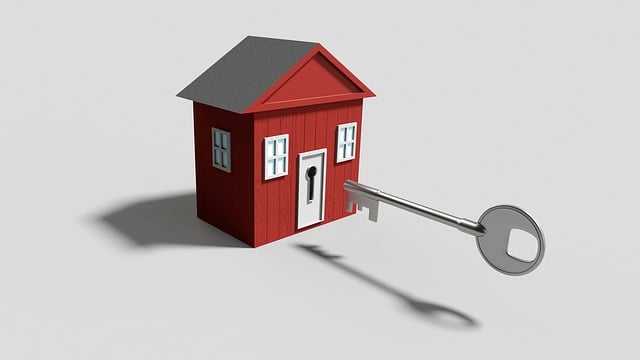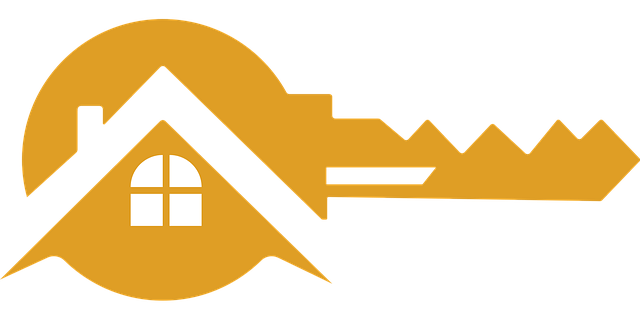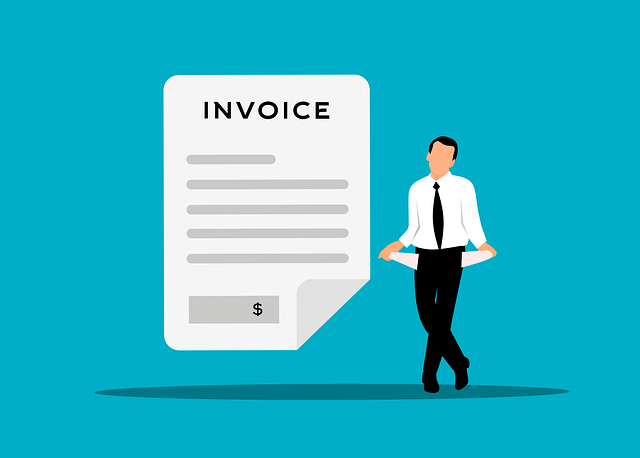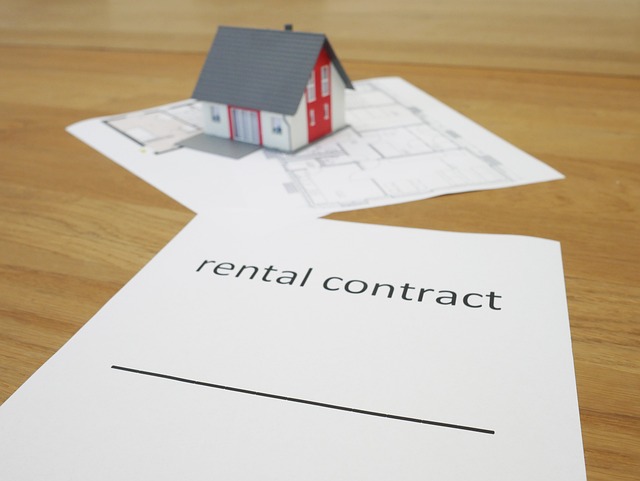In the real estate market, conventional mortgages are private loans with flexible terms (10-30 years) and competitive rates, ideal for buyers with strong credit. Unlike government-backed loans, they require a 5% down payment but eliminate mortgage insurance, saving costs in the long run. Conventional mortgages offer adaptability, catering to diverse borrower needs, from lower monthly payments to variable interest rates, making them a flexible option for navigating the dynamic real estate landscape.
Discover the power of conventional mortgages with flexible terms, a game-changer in the real estate world. This comprehensive guide breaks down the fundamentals, demystifying these loans and how they differ from government-backed alternatives. We explore various term options, from fixed to adjustable rates, providing insights into interest rates, monthly payments, and long-term savings. Learn how flexible terms benefit buyers, help manage budgets, and navigate market fluctuations, while also considering potential risks and making informed decisions in the competitive real estate landscape.
Understanding Conventional Mortgages: The Basics

In the real estate world, a conventional mortgage refers to a type of loan that is not insured or guaranteed by any government agency, such as Fannie Mae or Freddie Mac. These mortgages are typically provided by private lenders and are secured by real property. The primary characteristic of conventional loans lies in their flexibility regarding terms, allowing borrowers to choose repayment periods ranging from 15 to 30 years, suiting various financial circumstances.
Borrowers with strong credit scores and stable incomes often prefer conventional mortgages due to their competitive interest rates and favorable conditions. These mortgages demand a larger down payment compared to government-backed loans, but they offer the advantage of building equity faster. Understanding these fundamentals is crucial when navigating the real estate market, as it empowers buyers to make informed decisions about financing their dream homes.
– Definition and explanation of conventional mortgages

In the real estate world, conventional mortgages are a staple financing option for both buyers and refinancers. These mortgages are not backed by any government agency, unlike FHA or VA loans. Instead, they are offered by private lenders and conform to specific guidelines set by financial institutions based on creditworthiness and market conditions. Conventional loans typically require a down payment of at least 5% and offer flexible terms ranging from 10 to 30 years.
The flexibility in terms allows borrowers to choose repayment periods that align with their financial capabilities, making them appealing for first-time homebuyers or those with stable, yet variable, income streams. This type of mortgage is often preferred due to its competitive interest rates and the absence of mortgage insurance requirements, which can significantly reduce overall borrowing costs in the long run.
– How they differ from government-backed loans

Conventional mortgages with flexible terms offer a unique alternative to traditional fixed-rate loans, especially in the vibrant real estate market. These mortgages stand apart from government-backed loans like FHA or VA options, which are often associated with specific buyer profiles and have their own set of rules and benefits. Conventional loans, on the other hand, provide more flexibility in terms of interest rates and repayment schedules, catering to a broader range of borrowers.
The primary difference lies in the underwriting process and the absence of government guarantees. Lenders bear more risk with conventional mortgages, allowing them to customize loan structures. This means potential homeowners can find options tailored to their financial situations, whether they seek lower monthly payments or want to take advantage of variable interest rates. Such flexibility is particularly appealing for those navigating the ever-changing real estate landscape.






